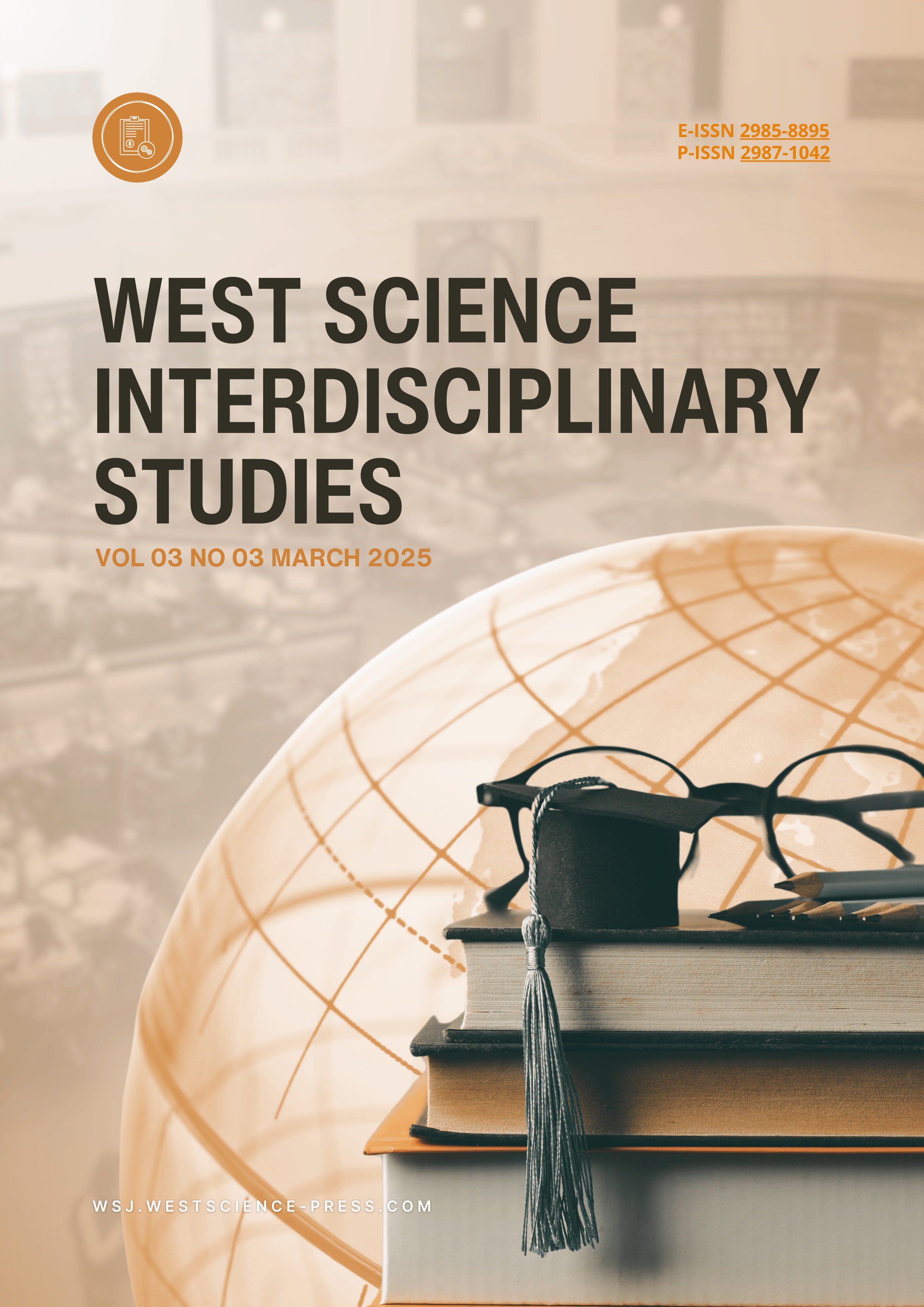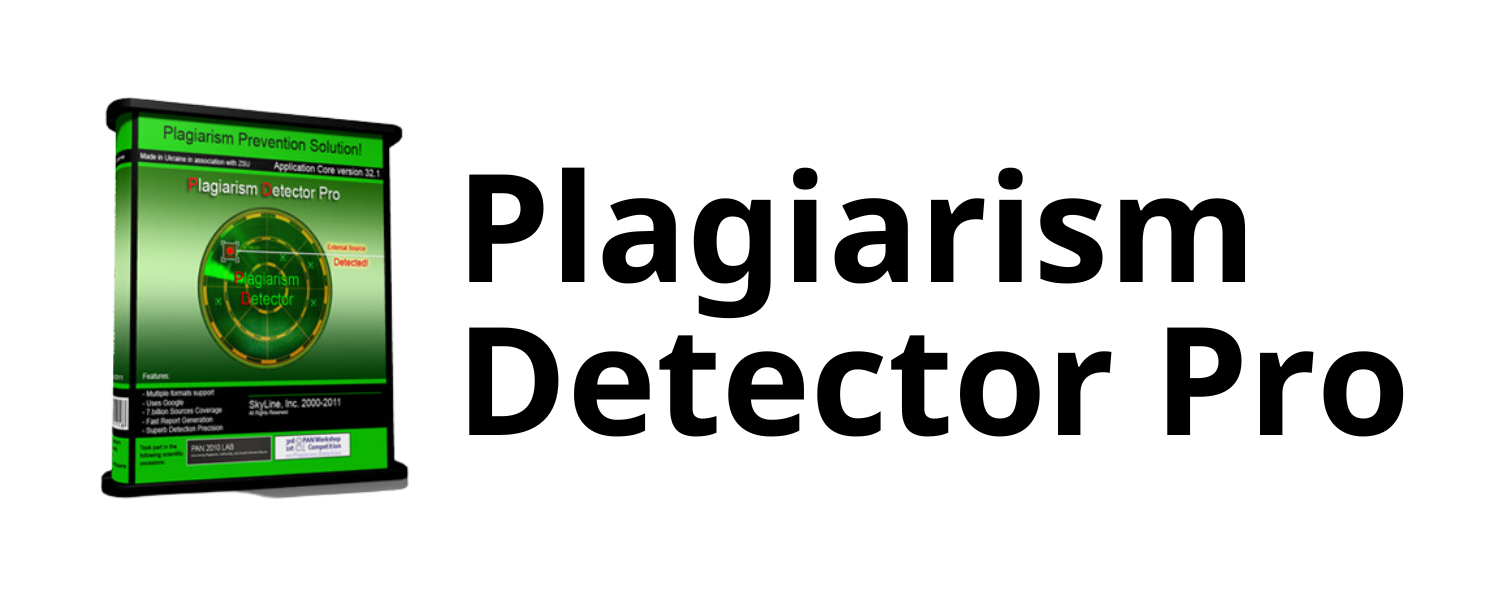Effect of Combination of Manure and Mycorrhiza on Fruit Quality and Storability of Tomato in Organic Farming Lembang
DOI:
https://doi.org/10.58812/wsis.v3i03.1779Keywords:
Manure, Mycorrhiza, Tomato Quality, Storability, Organic FarmingAbstract
This study investigates the effect of a combination of manure and mycorrhiza on the quality and storability of tomatoes from the perspective of organic farmers in Lembang, utilizing a quantitative analysis with 140 samples. Data were collected using a Likert scale (1-5), and the analysis was performed using Structural Equation Modeling-Partial Least Squares (SEM-PLS). The results show that manure positively impacts fruit quality and storability, with a stronger effect on storability. Mycorrhiza had a more significant effect on fruit quality and also positively influenced storability. The study found that mycorrhiza is the more dominant factor in improving fruit quality, while manure plays a more significant role in enhancing storability. The findings provide important insights for organic farming practices in Lembang, suggesting that a combination of manure and mycorrhiza can effectively enhance both the quality and shelf life of tomatoes.
References
[1] D. Banjade, D. Khanal, P. Regmi, A. Shrestha, N. Banjade, and B. Dahal, “Mitigating heat stress in tomato by synergetic effect of trichoderma and organic manures,” J. Agric. Nat. Resour., vol. 7, no. 1, pp. 50–61, 2024.
[2] M. Naznin, S. Akter, M. H. Mia, S. S. Santa, and M. H. R. Khan, “Growth and Yield Performance of Tomato (Solanum Lycopersicum L.) Swayed by Mulching and Organic Fertilizers,” Dhaka Univ. J. Biol. Sci., vol. 33, no. 2, pp. 53–65, 2024.
[3] I. Vardanian et al., “Enhancing the content of biologically active components in cluster tomatoes using organic fertilizers,” Bioact. Compd. Heal. Dis. ISSN 2574-0334; Print ISSN 2769-2426, vol. 7, no. 12, pp. 609–622, 2024.
[4] S. Jawahar and D. Elayaraja, “Effect of Organic Granules on the Productivity, Quality, and Nutrient Uptake Level of Tomato and the Fertility and Microbial Population of the Soil.,” J. Pure Appl. Microbiol., vol. 18, no. 3, 2024.
[5] S. VENKATESAN and E. SOMASUNDARAM, “Soil properties, tomato (Solanum lycopersicum) yield and monetary returns under different nutrient management practices,” Indian J. Agric. Sci., vol. 94, no. 8, pp. 847–851.
[6] R. K. Dewi et al., “Organic Fertilizer: Indonesia’s Legacy for a Sustainable Future,” 2025.
[7] W. Kamilia, “Pengaruh Pemberian Pupuk Organik Cair Hasil Fermentasi Buah Maja dan Pupuk Organik Cair NASA Terhadap Pertumbuhan Tanaman Tomat (Lycopersicum esculentum),” 2022.
[8] A. Y. Saul, L. B. Pasang, and A. Mantong, “Pembuatan Pupuk Organik Cair Guna Mengurangi Penggunaan Pupuk Anorganik Oleh Masyarakat Di Lembang Turunan,” Kreat. J. Pengabdi. Masy. Nusant., vol. 1, no. 4, pp. 60–64, 2021.
[9] D. O. Suparwata and F. S. Jamin, “Analysis of Organic Fertilizer Use in Improving Soil Quality and Agricultural Yields in Indonesia,” West Sci. Agro, vol. 2, no. 01, pp. 17–27, 2024.
[10] S. Katherasala, “Approaches to Sustainable Agriculture: A Retrospective Analysis for Soil Health Improvement: Sustainable Approaches for Soil Health,” SAARC J. Agric., vol. 22, no. 2, pp. 1–13, 2024.
[11] N. Mishra and A. M. Haval, “Sustainable Soil and Crop Management Practices to Boost the Crop Productivity and Soil Properties,” Nat. Eng. Sci., vol. 9, no. 3, pp. 40–51, 2024.
[12] P. Kashyapt and M. Jain, “Organic Farming: Emerging Practices, Effect on Environment and Nutrition,” Nat. Environ. Pollut. Technol., vol. 24, pp. 137–148, 2025.
[13] I. Hroma, “Interconnection of Organic Agriculture, Health, and Sustainability: Bibliometric Analysis,” Heal. Econ. Manag. Rev., vol. 5, no. 4, pp. 47–74, 2024.
[14] S. Singh et al., “Soil fertility management: Role of organic amendments and bio-fertilizers: A review”.
[15] B. Joseph and S. Babu, “Microbiome and nutrient dynamics of organic manures for precision NPK management in sunflower (Helianthus annuus L.),” Ann. Appl. Biol., vol. 186, no. 2, pp. 181–194, 2025.
[16] Q. Sun, Q. Zhang, Z. Huang, C. Wei, Y. Li, and H. Xu, “Effect of Organic Fertilizer Application on Microbial Community Regulation and Pollutant Accumulation in Typical Red Soil in South China,” Agronomy, vol. 14, no. 9, p. 2150, 2024.
[17] S. Jabłoński, M. Łukaszewicz, and M. Kułażyński, “Manure processing as energy efficient fertilizer production technology,” Clean Technol. Environ. Policy, pp. 1–15, 2024.
[18] Y. Liu, P. Wang, T. Yu, H. Zang, Z. Zeng, and Y. Yang, “Manure replacement of chemical fertilizers can improve soil quality in the wheat-maize system,” Appl. Soil Ecol., vol. 200, p. 105453, 2024.
[19] A. Chaudhary, S. Poudyal, and A. Kaundal, “Role of Arbuscular Mycorrhizal Fungi in Maintaining Sustainable Agroecosystems,” Appl. Microbiol., vol. 5, no. 6, p. 1, 2025.
[20] P. Jeffries and L. H. Rhodes, “Use of mycorrhizae in agriculture,” Crit. Rev. Biotechnol., vol. 5, no. 4, pp. 319–357, 1987.
[21] M. Bortolot et al., “The Importance of Mycorrhizal Fungi and Their Associated Bacteria in Promoting Crops’ Performance: An Applicative Perspective,” Horticulturae, vol. 10, no. 12, pp. 1–12, 2024.
[22] P. A. A. Ferreira et al., “Field Application of Mycorrhizal Inoculant Influences Growth, Nutrition, and Physiological Parameters of Corn Plants and Affects Soil Microbiological Attributes,” Agronomy, vol. 14, no. 12, p. 3006, 2024.
[23] V. Aggarwal, “Understanding farmers’ intentions and challenges in organic farming: Policy recommendations for sustainable transition,” J. Eco-friendly Agric., vol. 20, pp. 6–16, Jan. 2025, doi: 10.48165/jefa.2024.20.1.2.
[24] C. N. Rohma, D. Nikmatullah, S. S. Soepratikno, and T. Hasanuddin, “Persepsi Petani Terhadap Inovasi Kopi Robusta Organik di Kabupaten Lampung Barat,” JIA (Jurnal Ilm. Agribisnis) J. Agribisnis Dan Ilmu Sos. Ekon. Pertan., vol. 8, no. 2, pp. 142–150, 2023.
[25] A. Luthuli, L. Magwaza, S. Tesfay, S. Magwaza, and A. Mditshwa, “Influence of animal manure extracts on physico-chemical and nutritional quality of tomatoes grown in soilless cultivation,” 2024.
[26] L. C. Bernados, J. P. Espineli, J. A. Anarna, and N. S. Aggangan, “Increasing Tomato Productivity through Integrated Nutrient Sources and Inoculation with Arbuscular Mycorrhizal Fungi and Azospirillum spp.,” Horticulturae, vol. 10, no. 10, p. 1056, 2024.
[27] S. Lee et al., “Effects of Processed Red-clay and Microbial Fertilizer Containing Lactobacillus fermentum on Tomato Growth Characteristics, and Fruit Quality Levels,” 원예과학기술지, vol. 42, no. 4, pp. 414–432, 2024.
Downloads
Published
Issue
Section
License
Copyright (c) 2025 Farida Arinie Soelistianto, Yana Priyana, Ilham Akbar Bunyamin

This work is licensed under a Creative Commons Attribution-ShareAlike 4.0 International License.
























 Instagram
Instagram 